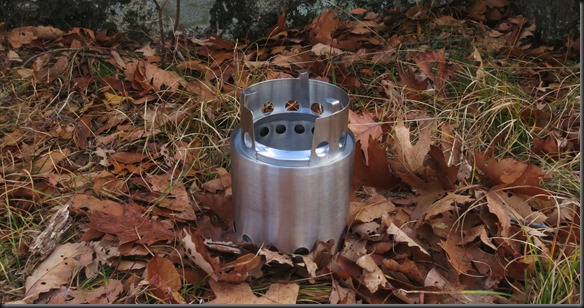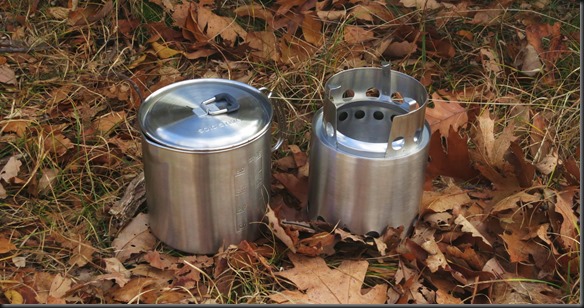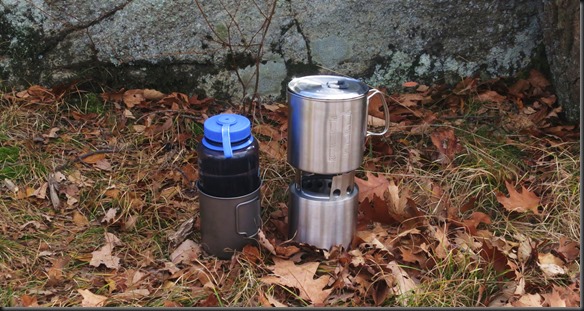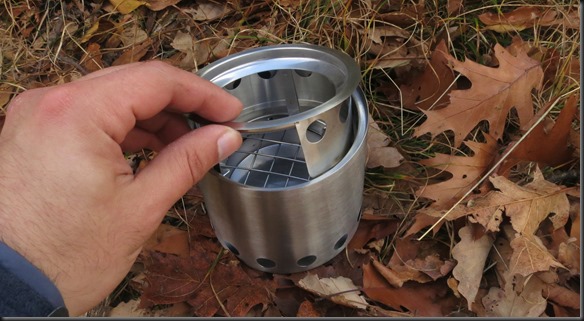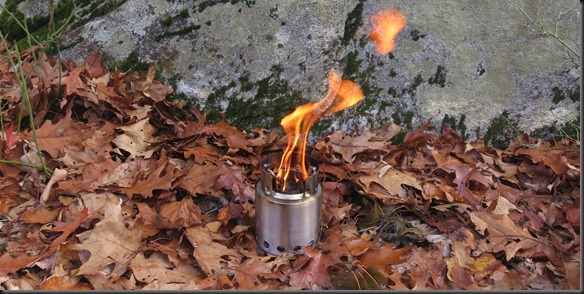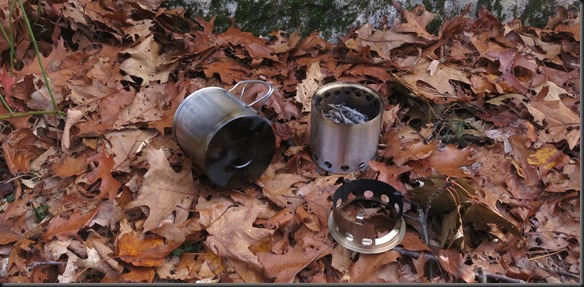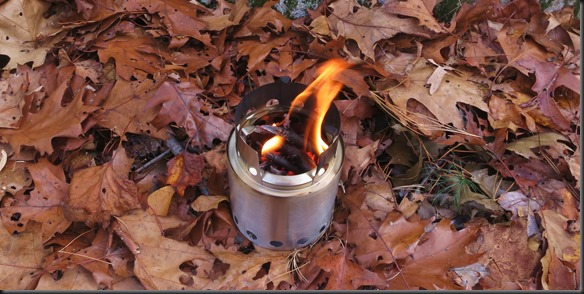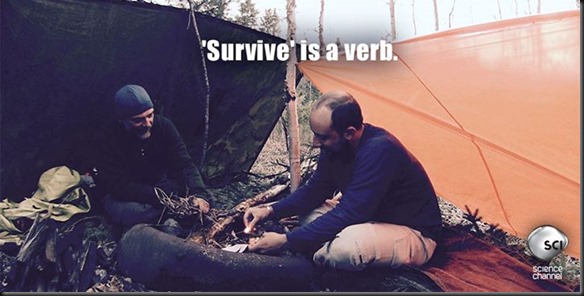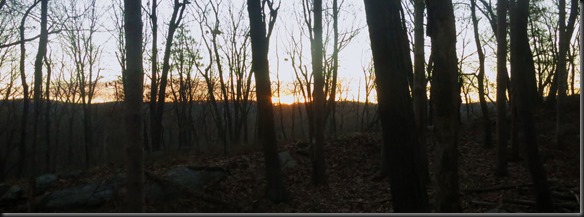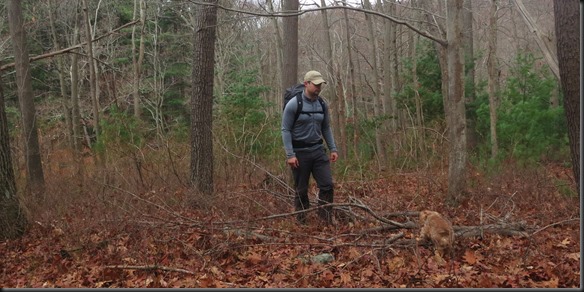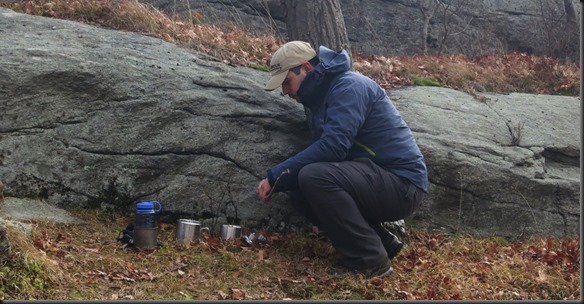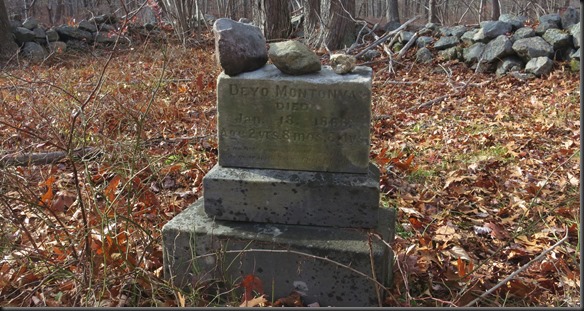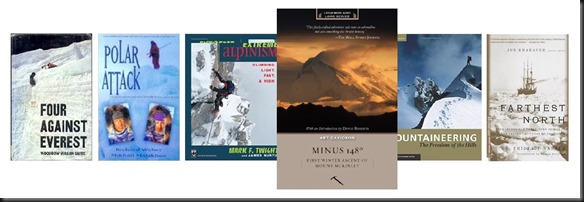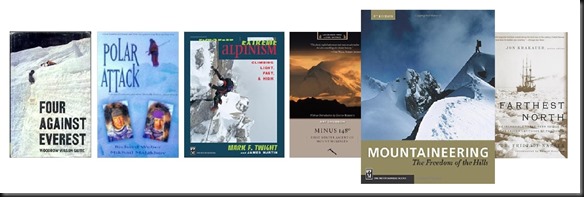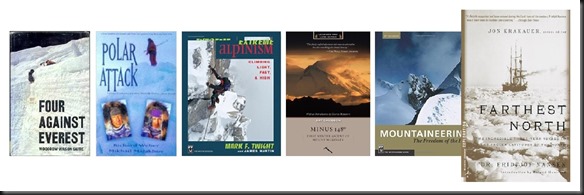Last month I was contacted by the manufacturer of a portable wood burning stove called the Solo Stove. They provided me with a stove and pot set free of charge, and I agreed to review it. The stove was their most portable model, the Solo Stove Lite, and the pot was a Solo Stove 900 pot designed for the stove, so that the stove can fully nest in the pot.
First, let’s get the obvious out of the way: this is a Bushbuddy clone. There is no way around that. You are either okay with it, or you are not. That being said, there are some differences to keep in mind. Mainly, the Solo Stove is much more robust. It is made of thicker steel, and the construction is very professional and polished. I never had any fear of crushing the stove, nor did you have any visible weld marks. The construction is something I would expect from a larger manufacturer like MSR. The downside is that it weighs 9 oz, significantly more than the 5 oz Bushbuddy Ultra. On the upside, the cost is correspondingly less, at about $70.00.
The stove measures 4.25 inches in diameter, and 3.8 inches in height (5.7 inches when expanded). It fits perfectly in the provided Solo Pot 900, a 900ml stainless steel pot, both of which come in a good quality stuff sack. The pot weighs 7.8 oz and is 4.7 inches in diameter and 4.5 inches high, and costs about $35.00.
The pot stand portion of the stove flips over and nests within the stove in order to save space. You pull it out and place it upright when you need to use the stove.
The theory behind it is that once you start a fire in the stove, and heat builds up, the additional wood you place in it will not only burn, but gasify. The heat will release combustible gases from the wood, which will then mix with a secondary amount of oxygen and ignite. This should produce a much cleaner and more complete burn.
Even though the combustion is supposed to be cleaner and more complete, it still produces sooth and residue. The wood is burnt fairly completely, leaving mostly ash.
So, this is the stove at a glance. These are the specifications, and the theory behind it. Now, let’s get into the actual discussion of how well it performs as a stove.
Let me start by saying, that the stove works very well for its intended purpose. Once lit, it gasifies beautifully, and you can bring water to a boil with a very small amount of wood. The kit is very portable and easy to set up. The stove is well insulated from the ground, so it leaves no marks when used.
There are however two significant downsides to the stove, not because of the manufacturer or even the specific design, but just by virtue of being a small wood burning stove.
The first downside is that as a non-vented wood burning stove, you can not use it in a tent. For me this is a significant disadvantage to a stove. In bad weather I have to be able to use it inside a tent. For example, when I was testing the stove last week, I found myself in a very exposed and windswept location, where most stoves would have struggled to boil water. If I had a canister, alcohol, or even a while gas stove, I would have used it within my tent, eliminating the problem. With this stove I couldn’t. All stoves pose a danger when used inside a tent, but even with the cleaner burning gasification wood stove, you will be smoked out of your tent in no time.
The second downside is that for all practical purposes, you are carrying 9 oz of gear in order to make a tiny fire. In turn, there are two issues with this. The first is that I can build a relatively small fire without the use of any stove, and save myself the 9 oz, or better yet I can bring 9 oz of fire starting material instead. The second issue is that the smaller of a fire that you try to make, the harder it is to actually build.
If you are making a fire from dry, easily combustible materials like birch or pine, the job is relatively easy: you put some birch bark in the stove, light it, put some small, dry, pine twigs on top, and you have a tiny fire that you can then feed with finger-thick pieces of wood. However, try doing that in an oak and hickory forest. If you are relying on semi-dry grass as tinder and hickory sticks for fuel, starting such a tiny fire can be a nightmare. Woods like oak, hickory, and maple require high heat to burn. In a small space like this stove, where you have a limited amount of poor quality tinder, it can be almost impossible to raise the temperature high enough to ignite such woods. The problem can be overcome by building a larger fire where a sufficient amount of kindling (dry grass, feather sticks, bark, etc) can create enough heat to ignite the wood, but that is not possible in the small confines of the stove.
So, ultimately, my issue with this stove is the same issue that I have with all small wood burning stoves. It is a great design, and works the way it is supposed to. However, when I can more easily build and use a fire without carrying any stove at all, why do I need the stove? Sure, in some cases it is slightly more convenient than a fire, but in many cases it is less convenient. Under less than ideal conditions it is easier to start a large fire than to build one inside a small stove like this one. Under adverse conditions it is difficult to light quickly, and can not be used inside a shelter.
The Solo Stove Lite is a well built and designed tool, and works very well with the 900ml pot as part of a kit. However, you have to take the stove for what it is: a fun tool to use when you are enjoying yourself in the woods. In that respect, it is spectacular. There is just no way for you not to have a smile on your face when you are feeding little sticks into the stove and watching the gasification process.
What the stove is not is a survival stove or a stove for adverse conditions. When you actually have to rely on the stove, especially when you are in a less than ideal spot, this is not the way to go. You need a stove that will work quickly every time, can be operated easily, can work under difficult conditions, and can be used inside a shelter. The Solo Stove is none of those things.
As always, I have very mixed feelings about small wood burning stoves like this one. On one hand it is well made and a lot of fun to use. On the other hand, it occupies a strange space between a backpacking stove and an open fire, and from a practical stand point is no better than either. If I have the desire and the ability to make a fire, then I can just make a small fire; or even a large one if I needed it. If I actually need to rely on a stove because of bad weather, hypothermia, lack of material to burn, etc, then a more conventional backpacking stove (canister, white gas, alcohol, etc) is a much better option. Of course, practicality is not always the controlling factor of what we use in the woods. As long as the limitations of the stove a kept in mind, I think it can be a fun addition to any camping trip.
